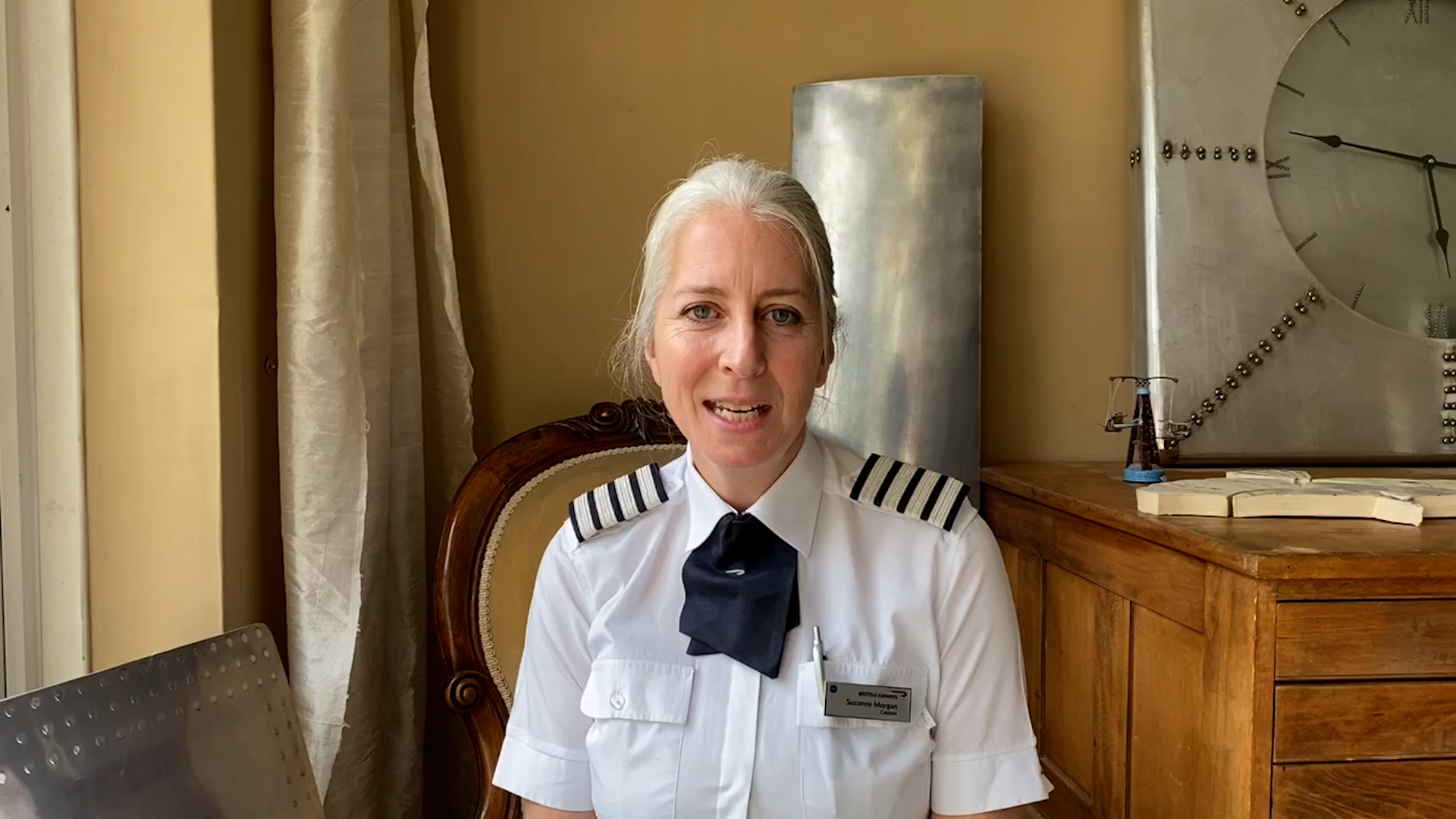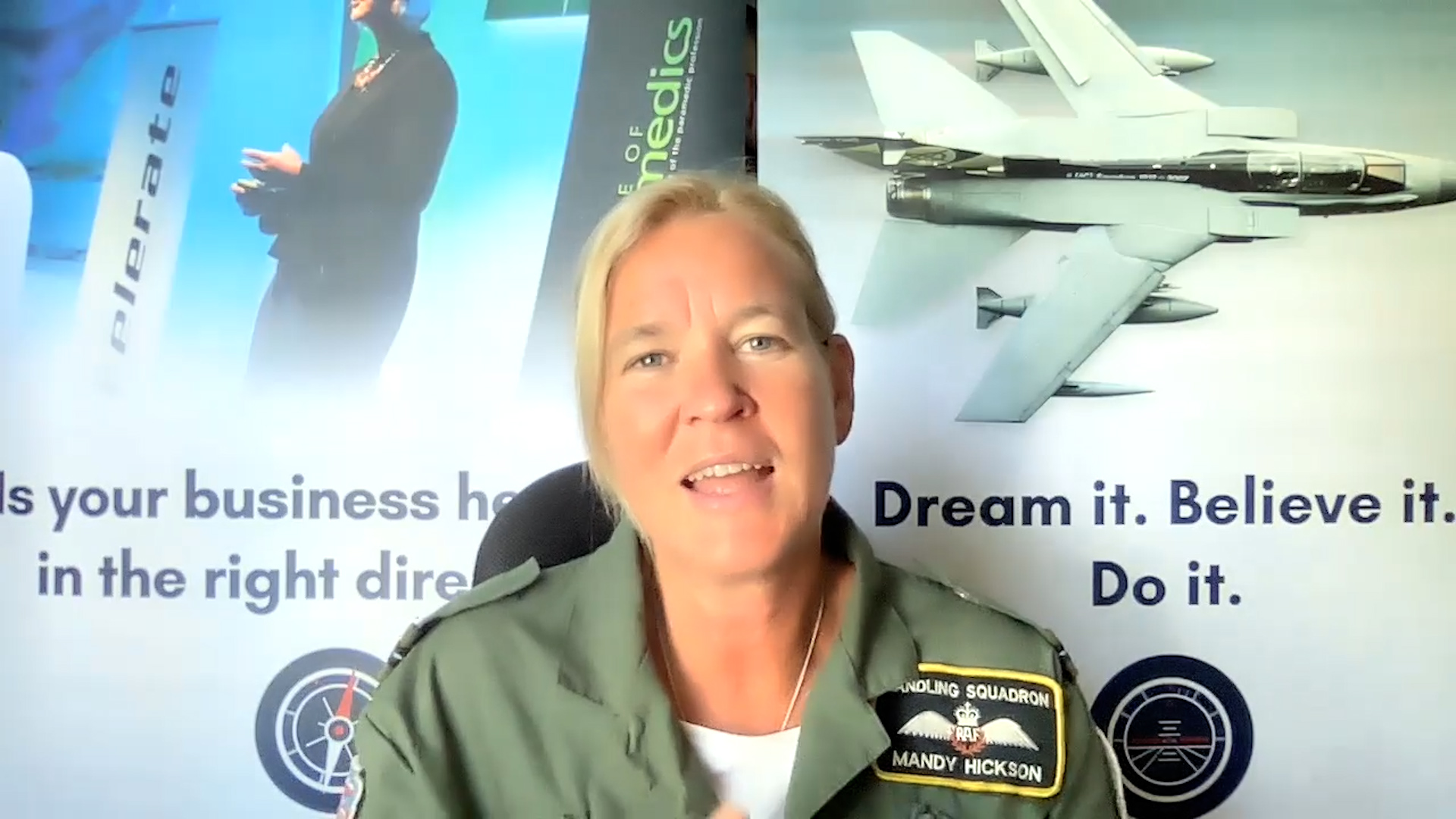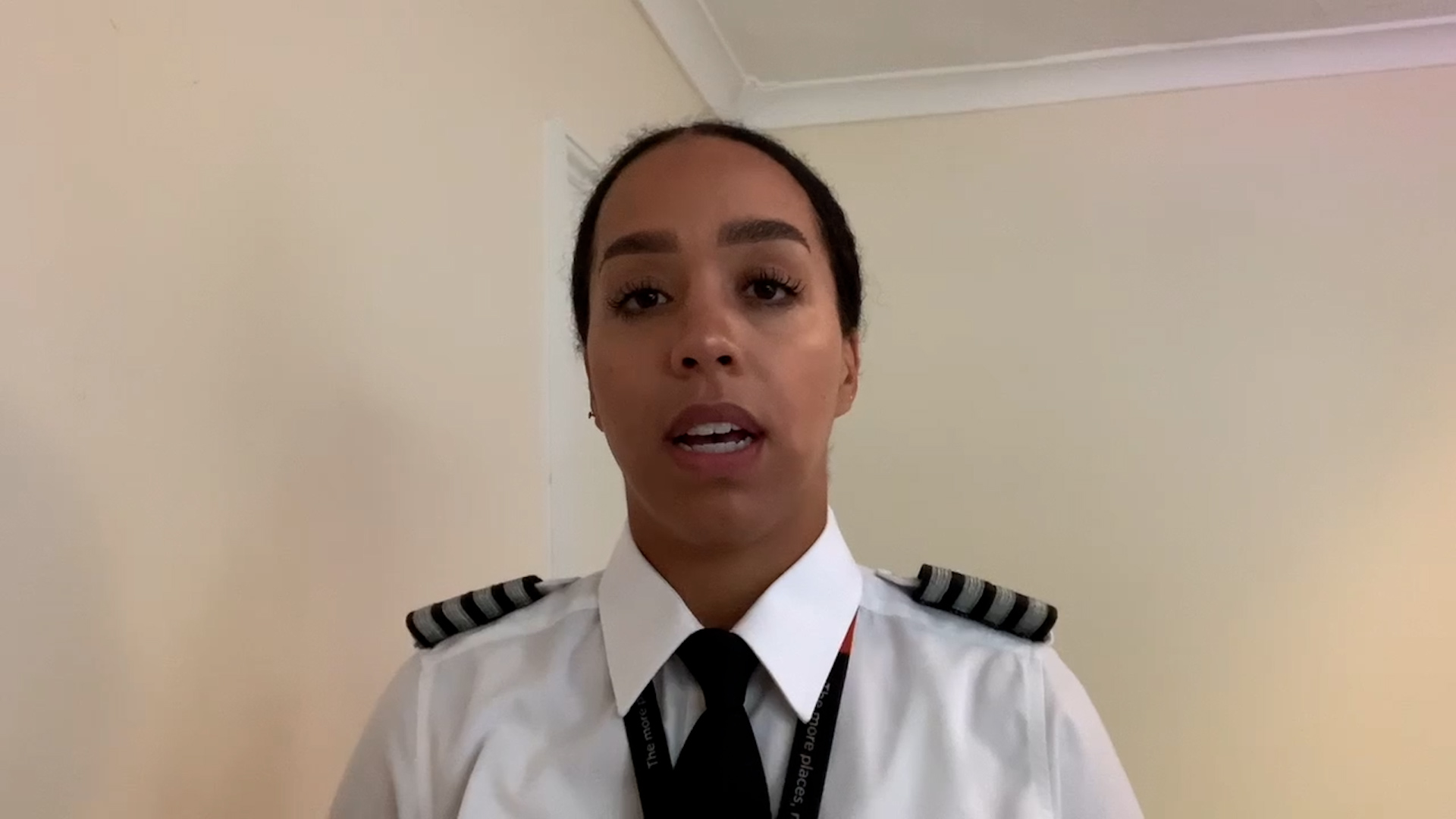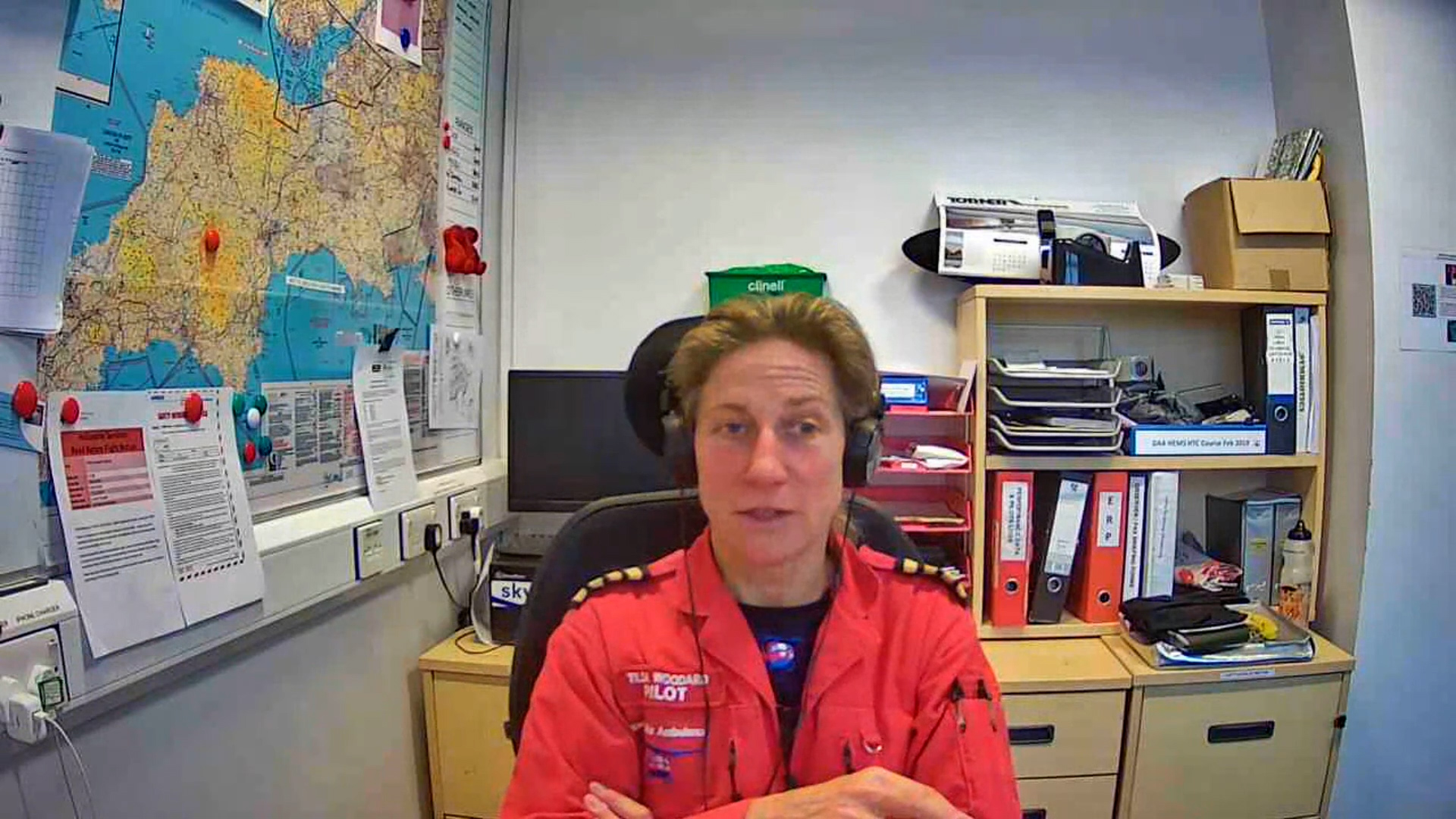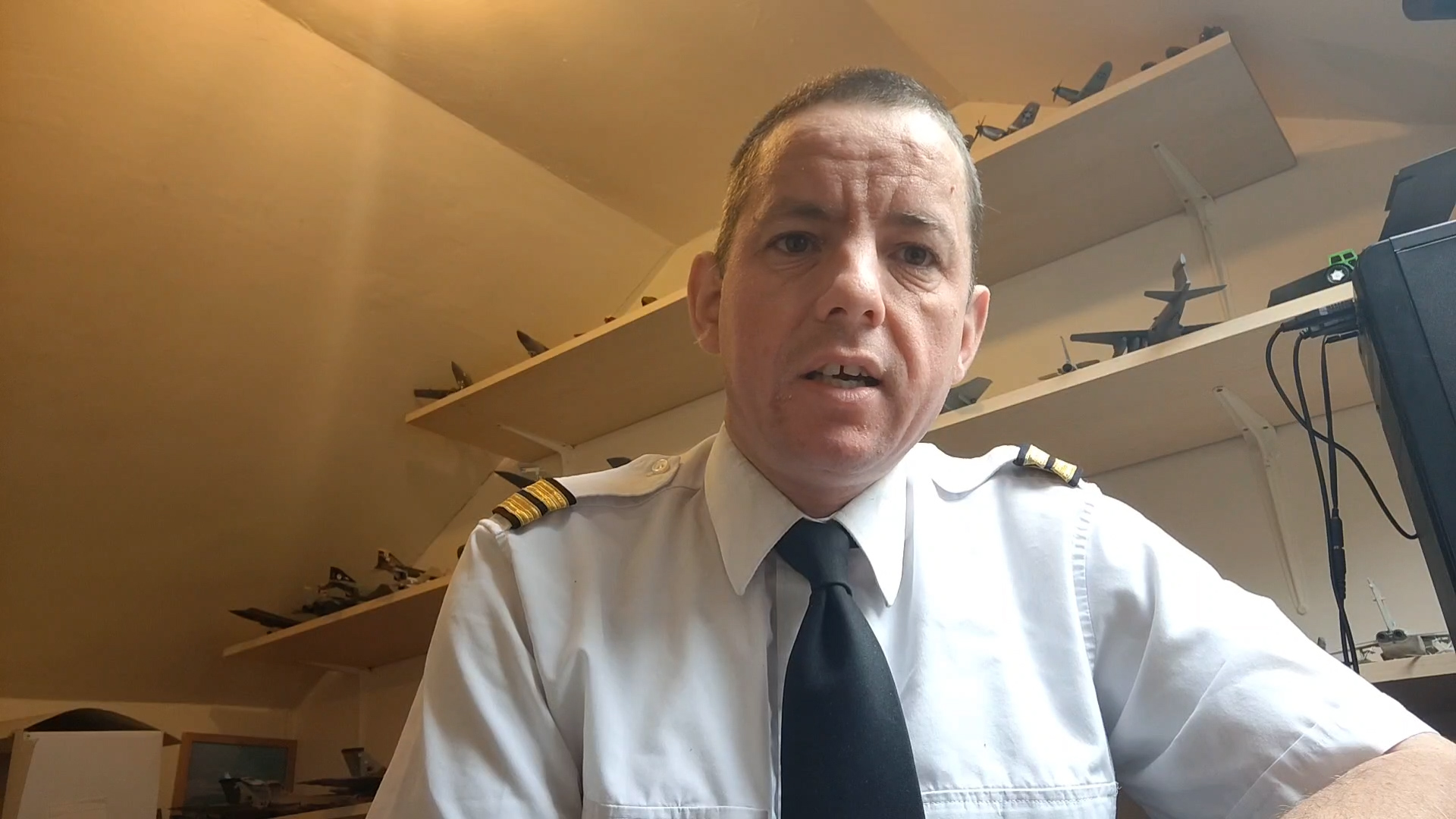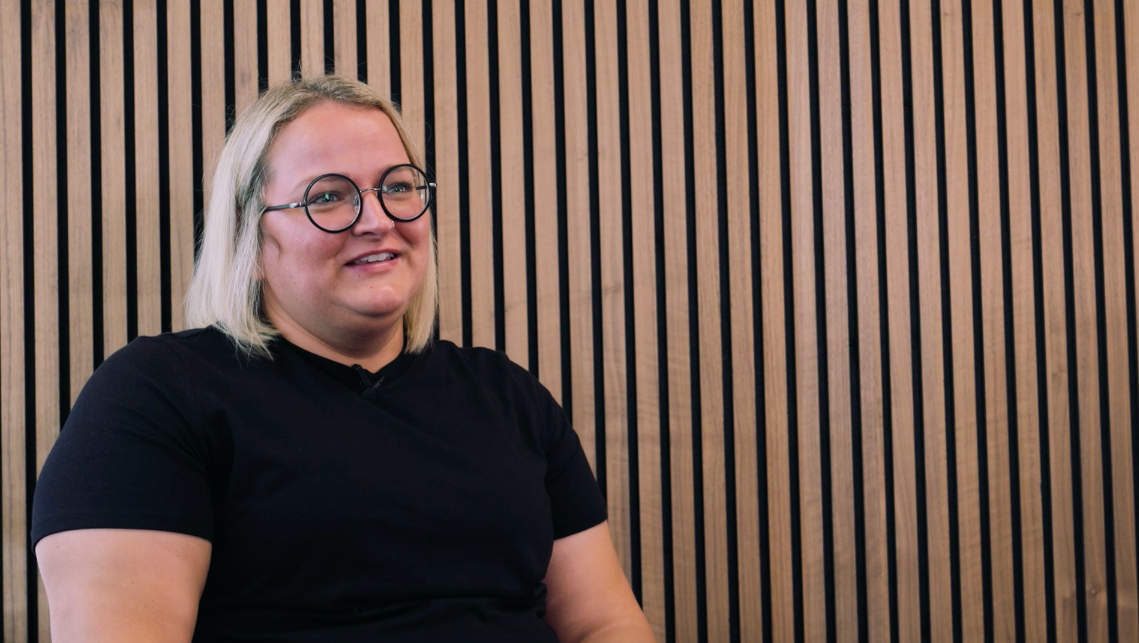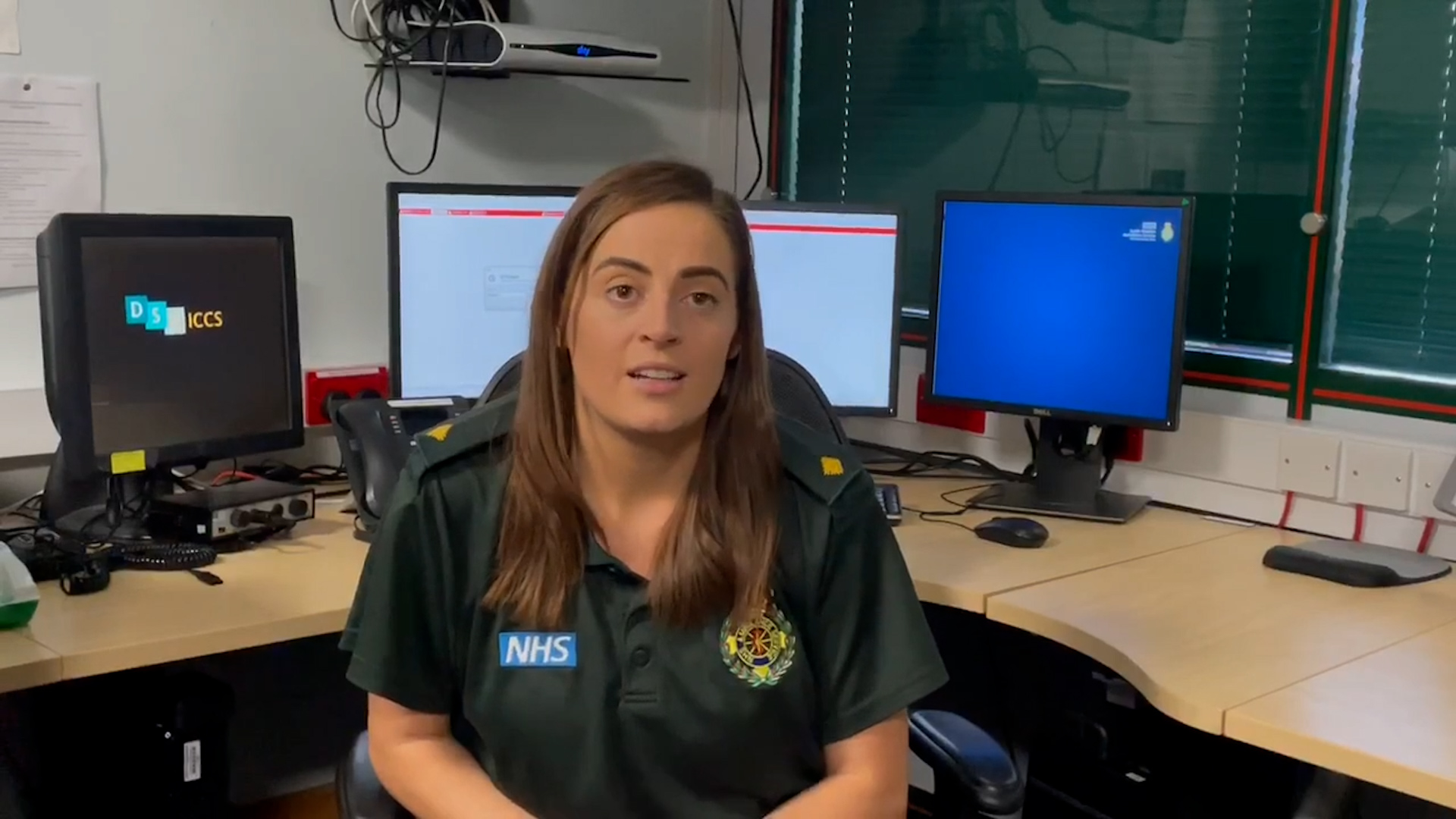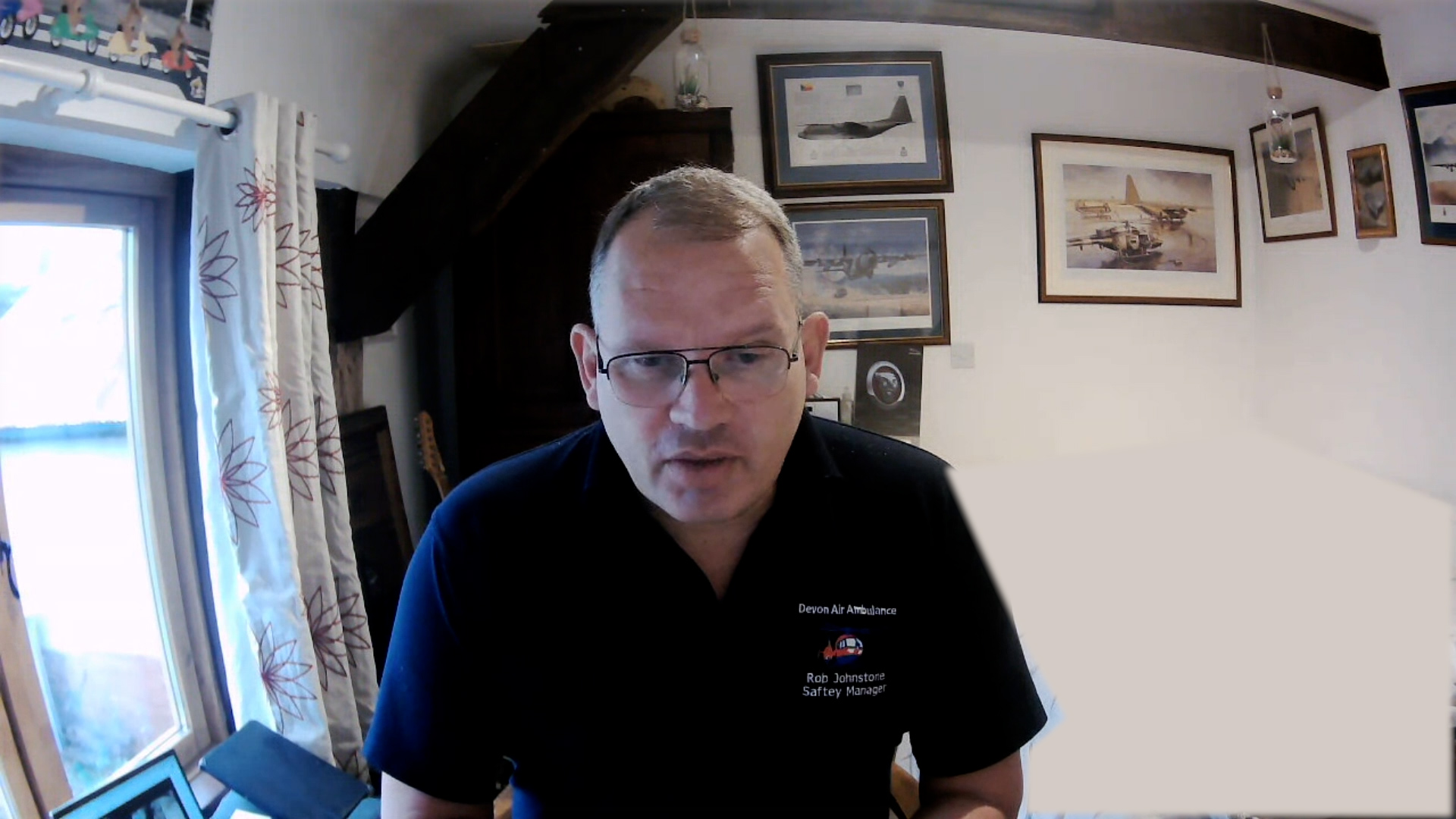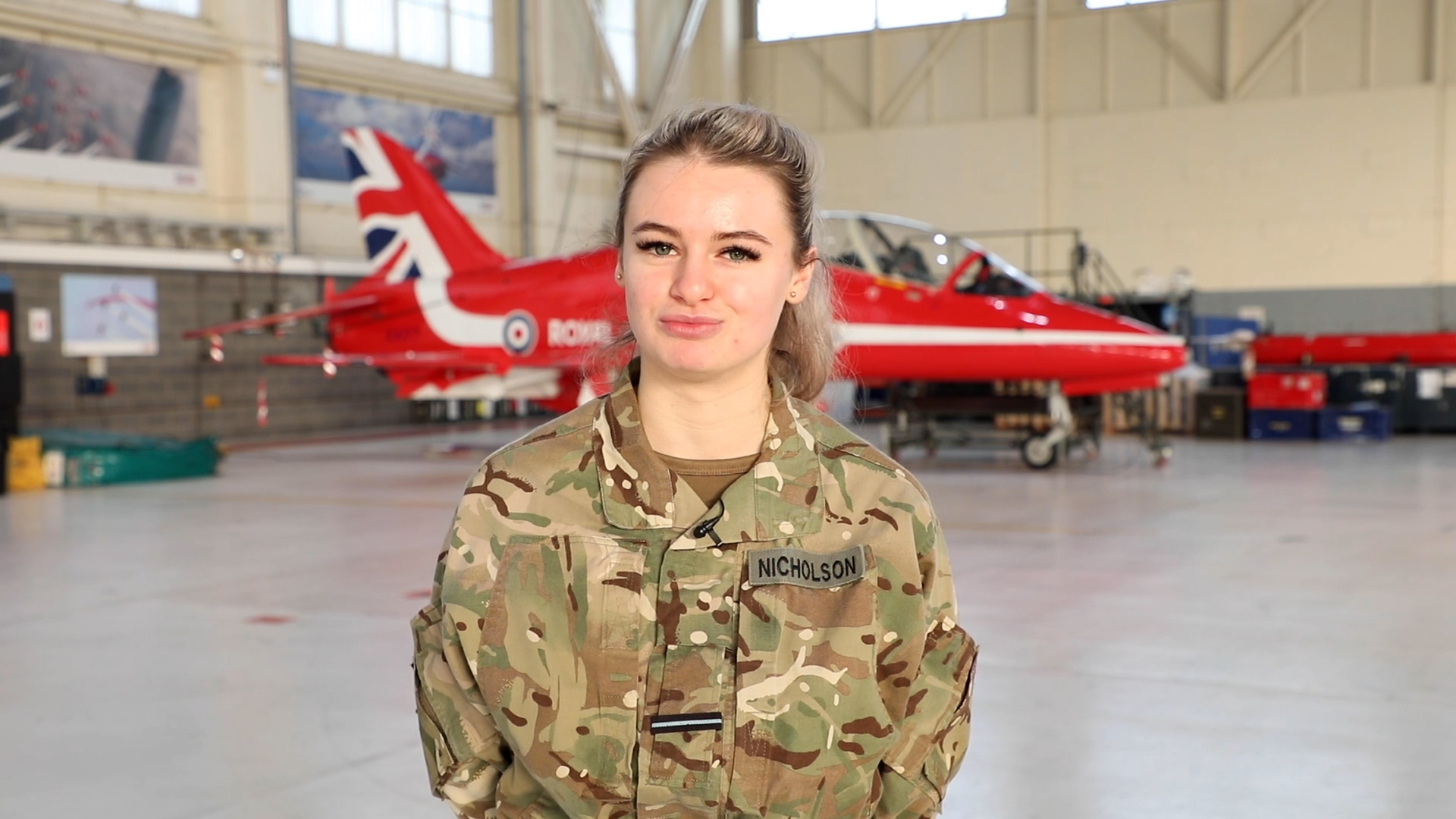Explore: Transport and logistics
Airline Pilot
British Airways
info Issues viewing the video?
| Time Code | Audio |
| 00:00:08 | Hi, I’m Suzy, I’m an airline pilot with British Airways and I fly around the world in a Boeing 777. |
| 00:00:15 | I started flying when I was 4 years old, sitting on my father’s knee in a glider. But it wasn’t until I went to university that I learned how to fly with the Royal Air Force in a university air squadron. I then got partially sponsored by an airline called British Midland, where I flew a DC9 and when I had a bit more experience, I joined British Airways, first of all on the 747-400, the jumbo jet and then the 777. This is where I got my command and now I’m in charge of the aircraft. |
| 00:00:44 | I love my job. Every day is different and you get to meet people from all different cultures. I’m a mum, I’ve got two boys and I work part time. |
| 00:00:53 | To be a pilot you need GCSEs, English, maths and one science and then A Levels you need 112 UCAS points. You don’t need to go to university, but then at a flight school you will learn things like air law, meteorology, aircraft systems and they teach you how to fly. |
| 00:01:10 | You’ll then join an airline and for instance, if you come to British Airways, you’ll go to their training centre and use their 50 million pound simulator, where you learn how to fly and all the systems of the aircraft. |
| 00:01:21 | You don’t just have to be able to fly. You need to have good leadership skills, be able to make good decisions and communicate well, because we talk with other pilots, air traffic control, engineers, ground staff. |
| 00:01:34 | When I go to work, I get to Heathrow Airport an hour and a half before the flight and that’s when I meet the other pilots. If it’s a long flight we might have 3 or even 4 of us and we take turns to rest in a bunk, which is above where the passengers sit. |
| 00:01:48 | We look at all the weather and we check the route and then we decide how much fuel we need to take. We’ll meet with the cabin crew and see if we have any special requirements for any passengers. Then we walk out to the aircraft and then once there, I walk around the aircraft and make sure everything’s safe and then in the flight deck we make sure all the switches are in their correct positions and er we talk about how we’re going to fly the aircraft for the take off. |
| 00:02:11 | END |
While studying for a physiology degree, Suzy joined the university’s air squadron and learnt how to fly with the RAF. She now flies around the world for British Airways in a Boeing 777.
More information about Aircraft pilots and flight engineers
Data powered by LMI For All
£96,200
average salary
The UK average salary is £29,813
40
average weekly hoursThere are 37.5 hours in the average working week
90%
male
10%
female
The UK workforce is 47% female and 53% male
Future employment
Future employment
Description
Aircraft flight deck officers check, regulate, adjust and test engines and other equipment prior to take-off, navigate and pilot aircraft and give flying lessons.
Qualifications
Entrants with GCSEs/S grades and A levels/H grades, an Advanced GNVQ/GSVQ Level III or a BTEC/ SQA award can apply for an airline sponsorship. Private residential training is available to candidates with GCSEs/S grades or appropriate BTEC/SQA or GNVQ/GSVQ awards or to holders of Private Pilots Licences who have 700 hours flying experience. Normal colour vision is required and candidates undergo a medical examination. Training lasts up to 15 months and consists of courses of study and flying instruction. Airlines may have additional age and height requirements.
Tasks
- Studies flight plan, discusses it with flight deck crew and makes any necessary adjustments;
- Directs or undertakes routine checks on engines, instruments, control panels, cargo distribution and fuel supplies;
- Directs or undertakes the operation of controls to fly aeroplanes and helicopters, complying with air traffic control and aircraft operating procedures;
- Monitors fuel consumption, air pressure, engine performance and other indicators during flight and advises pilot of any factors that affect the navigation or performance of the aircraft;
- Maintains radio contact and discusses weather conditions with air traffic controllers;
- Performs specified tests to determine aircraft’s stability, response to controls and overall performance;
- Accompanies pupil on training flights and demonstrates flying techniques.
Employment by region
Top 10 industries for this job
Air transport
11033
Warehousing, etc
7788
Public admin. & defence
2440
Education
1396
Employment status
Related career stories
⇦
⇨
